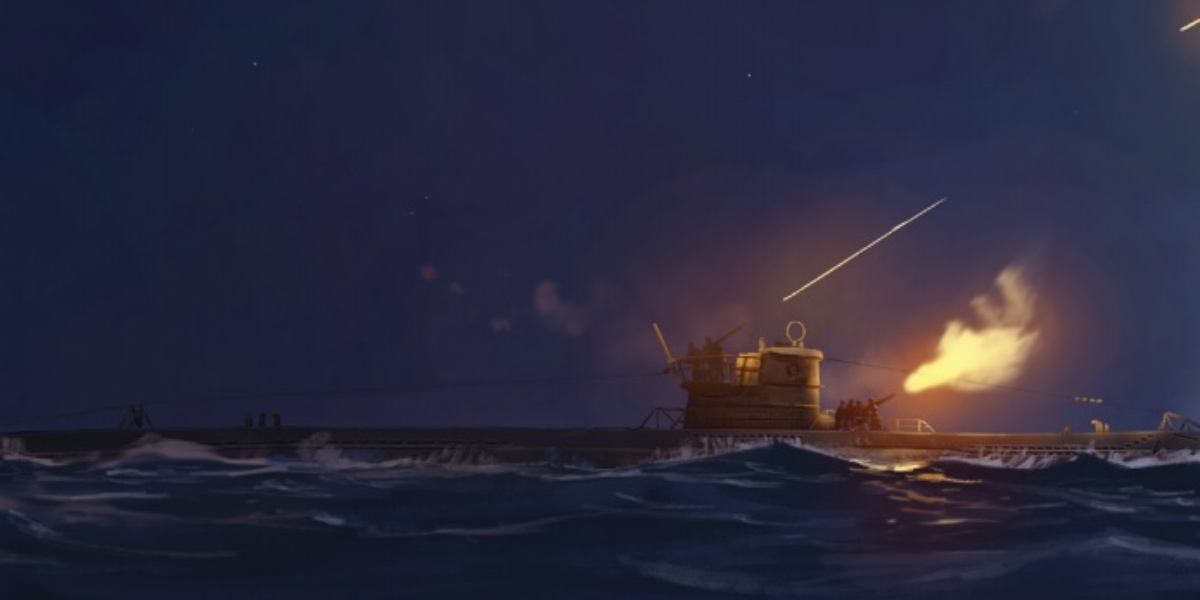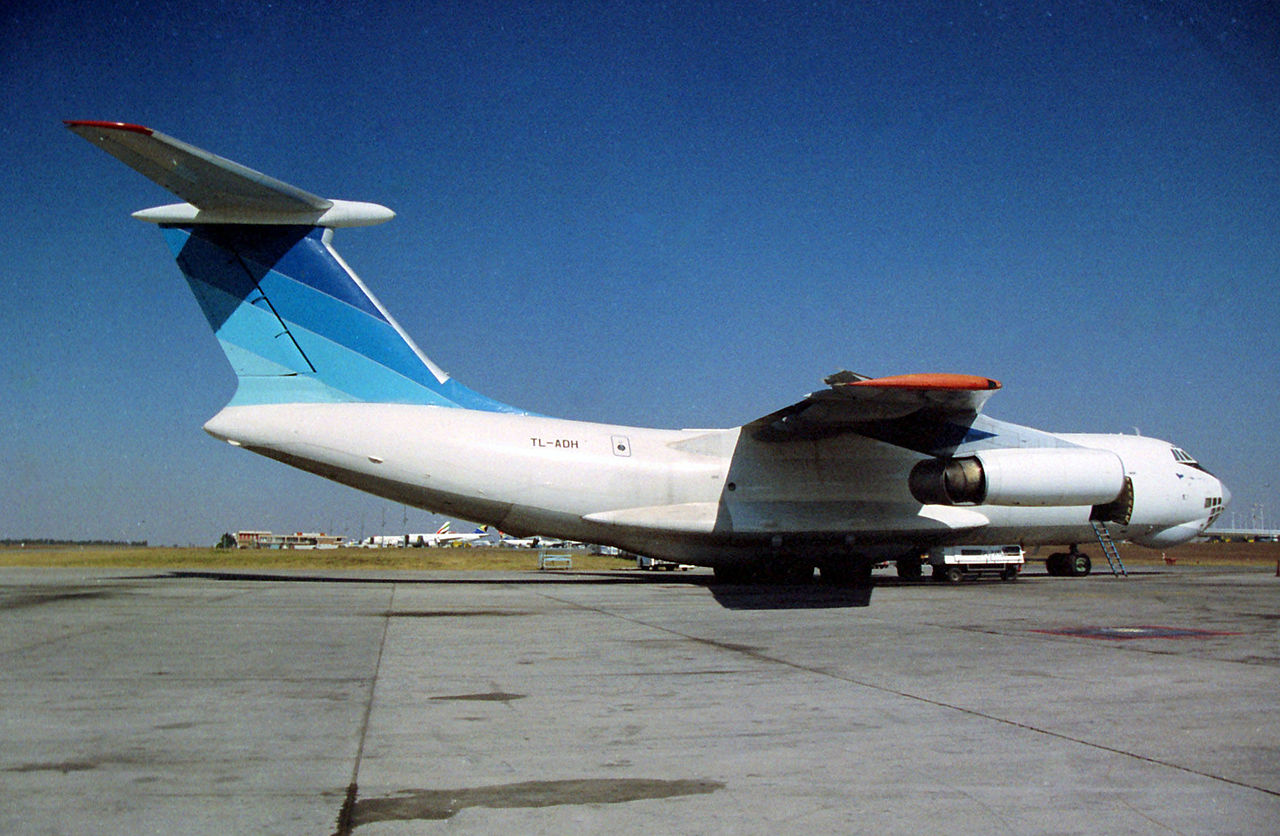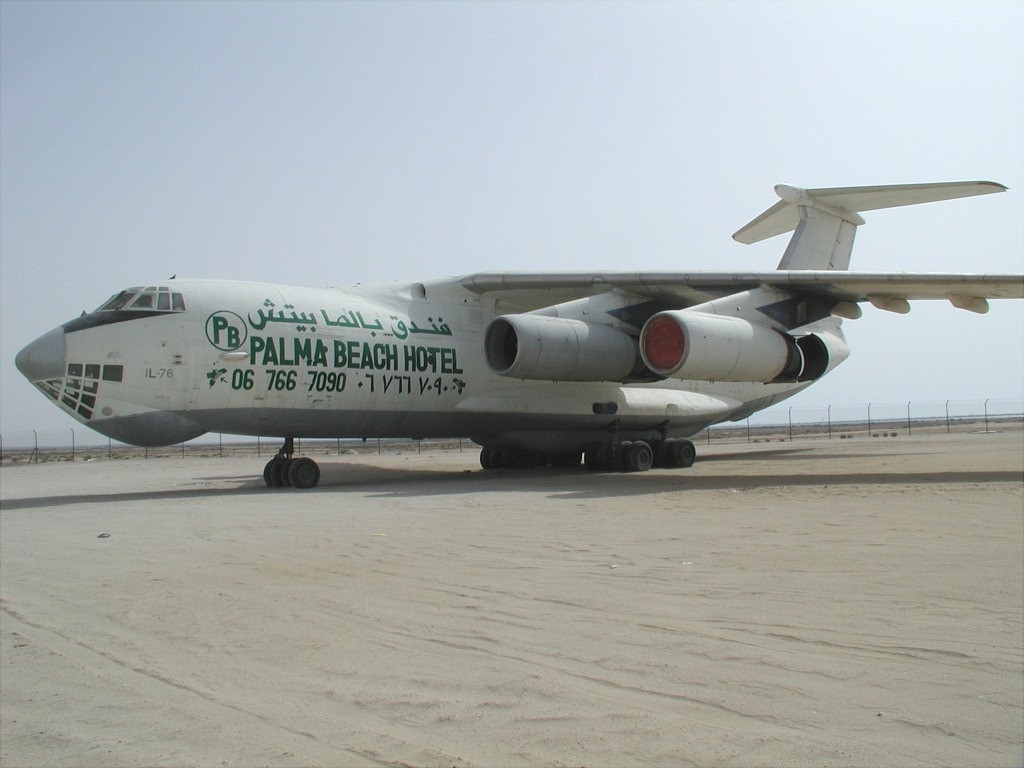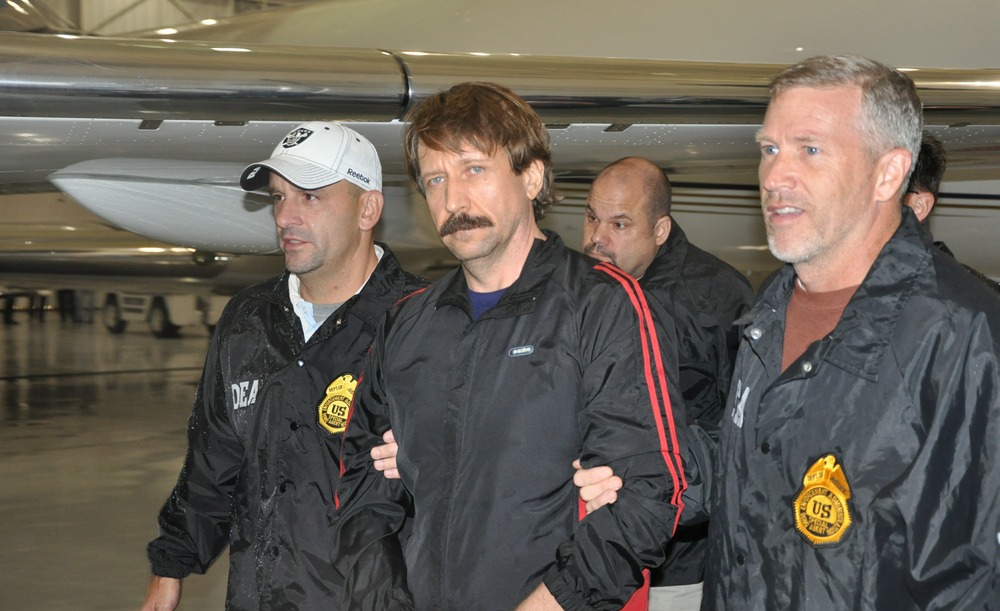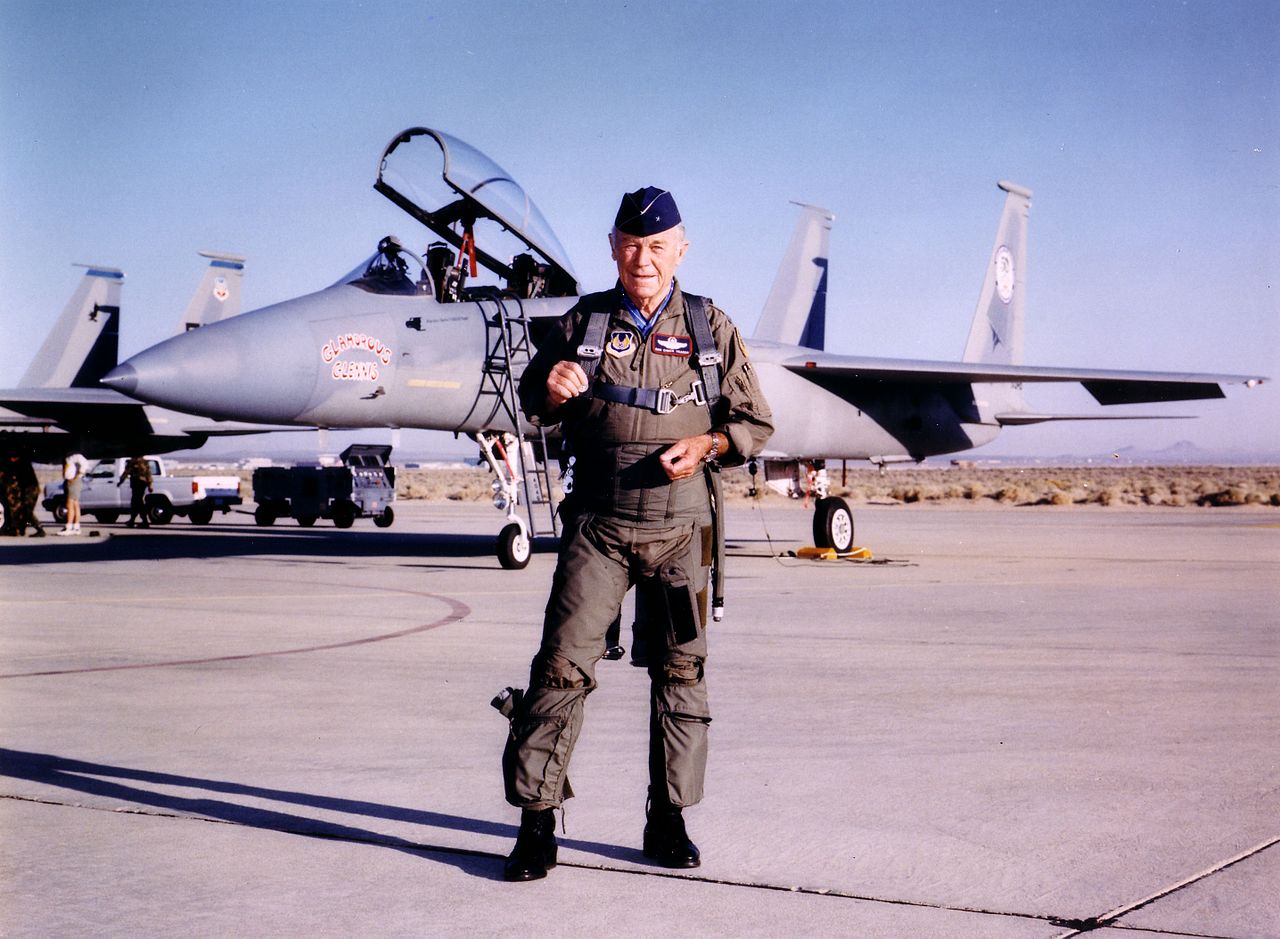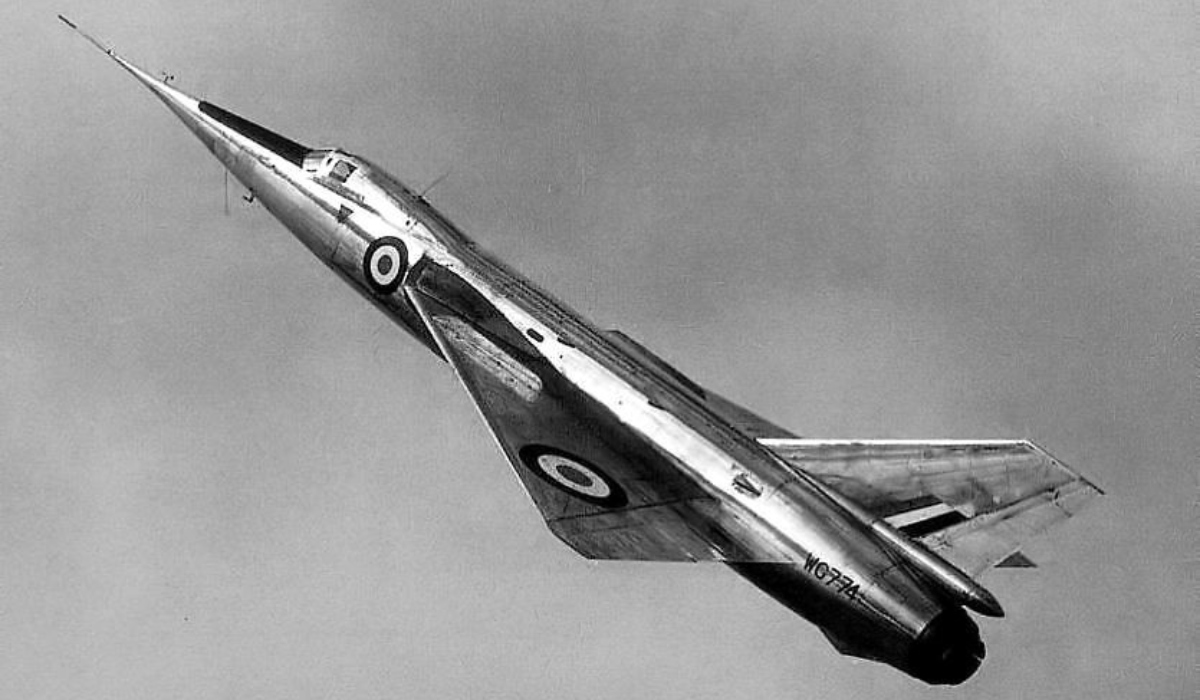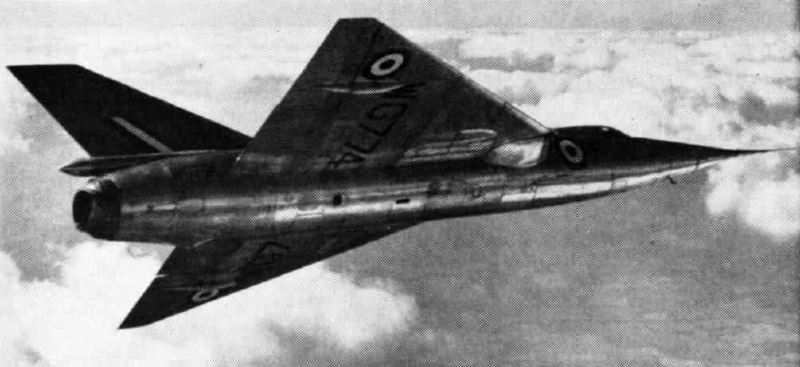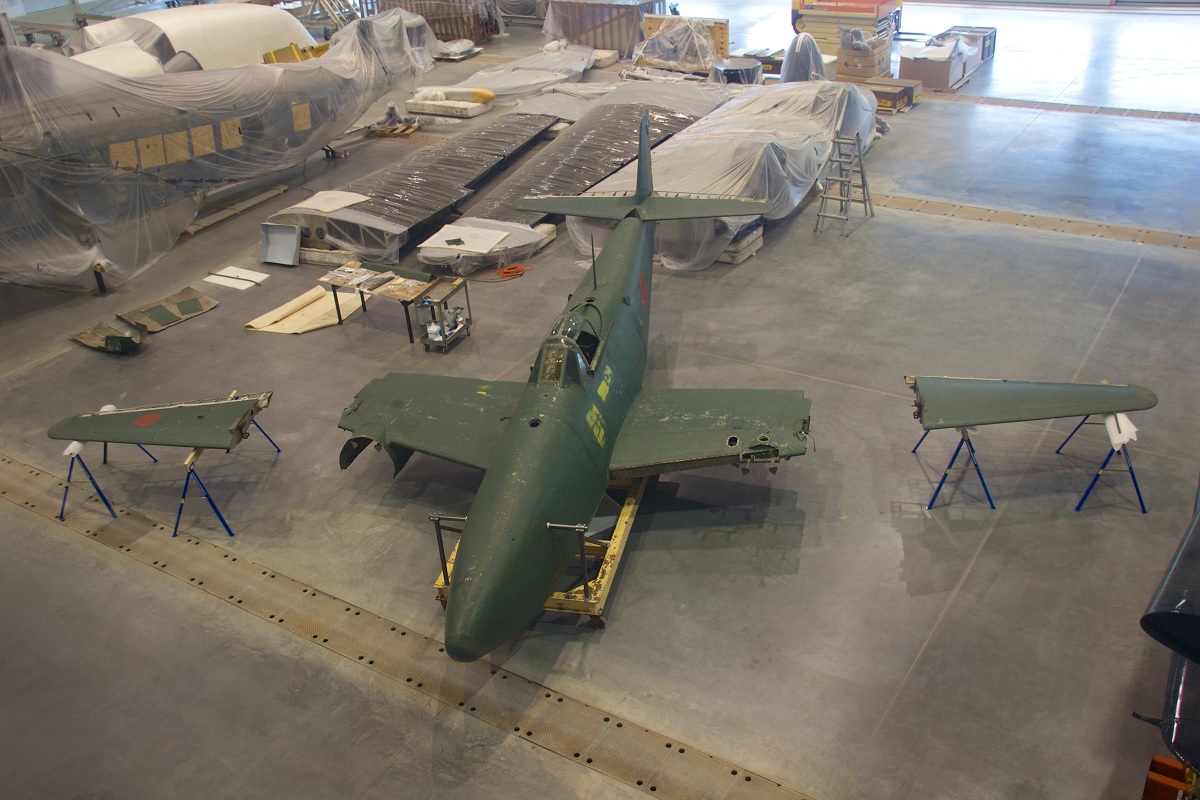Blimps from the US Navy were not supposed to engage surfaced U-boats, but they were essential for spotting and pinning them down until other assistance arrived
Nazi Germany and the Allies were prepared for the decisive Battle of the Atlantic to start as 1942 got underway. Germany possessed 91 active U-boats and more than 150 were being tested or trained. More than 200 boats per year were to be produced from 1942 to 1944. Finally, Karl Dönitz, commander of the Kriegsmarine’s U-boat division, would have the manpower at his disposal to conduct the tonnage war he desired against the Allies.
The British had, in the meantime, finally put together a plan to deal with the U-boat threat. As a result of advancements in its armaments and detecting systems, maritime patrol aircraft could now carry out devastating attacks on U-boats day and night. The anti-submarine warfare (ASW) aircraft was transformed into a submarine-killer by airborne radar, Leigh lights, Magnetic Anomaly Detection (MAD), and the Fido homing torpedo, while shore and ship-based technologies like high-frequency direction finding and signals intelligence could now assist aircraft in finding hostile U-boats. The United States had also thrown its industrial power behind the campaign after entering the war in 1941, providing escort carriers to the Royal Navy and the RAF with very long-range (VLR) Liberator bombers.
As told by Mark Lardas in his book Battle of the Atlantic 1942–45 The climax of World War II’s greatest naval campaign, the Eastern Seaboard south of New York, the Gulf of Mexico, the Caribbean, the central Atlantic, and the Mediterranean were among the areas where the US Navy employed blimps often during the Battle of the Atlantic. The K class, of which 134 were constructed before and during World War Two, was the primary design employed in the Atlantic. Blimps could locate and contain U-boats until additional assistance came, but they were not supposed to attack surfaced U-boats. They were instead instructed to launch an attack only before or immediately after the U-boat dove.
What happened to blimp K-74 of Blimp Squadron ZP-21 on patrol east of the Florida Straits in the Bahamas shows why this rule existed. K-74 established visual contact with a U-134 running surfaced, headed in the direction of a nearby tanker and ship, after spotting a U-boat on the radar. Lieutenant Nelson G. Grills, the K-74’s captain, decided to engage U-134 in order to defend these ships. K-74’s encounter had a poor outcome.
On July 18, 1943, just before midnight, K-74 attacked and started firing at a distance of 250 yards with its.50-caliber machine gun. The bombardier released two depth charges as it passed directly overhead, but they were ineffective in sinking the U-boat. There would need to be another pass.
As this was going on, the anti-aircraft battery of U-134 returned fire and hit a target bigger than U-134. The blimp’s starboard engine was destroyed, and the helium storage cells were repeatedly pierced. The blimp’s bag started to deflate once it passed U-134, especially to the rear. The uncontrollable blimp quickly fell into the ocean.
After K-74 approached the sea, the crew abandoned it. The balloon sank slowly over time. To ensure that all classified info had been thrown overboard, Lieutenant Grills re-entered the gondola. (It already had.) He got separated from the others when he came out and made the decision to swim to shore. Grills was picked up the following morning by SC-657 six miles from K-74.
A Grumman J4F amphibian discovered the other eight crew members the following morning after they had remained together. The amphibian found the destroyer Dahlgren, which saved seven of the eight crew members even though the water was too choppy for it to land there. A shark struck and killed the eighth just before Dahlgren got there.
During the attack, U-134 sank, significantly damaging its ballast tanks. By daybreak, it surfaced again, and its crew climbed onto the gondola that was still afloat to take pictures of the blimp’s artifacts. Later in the patrol, it passed the photos to another U-boat.
After suffering significant damage from a second attack, this time by USS Croatan carrier aircraft, while still on patrol, U-134 was finally sunk by HMS Rother in the Bay of Biscay while running the Bay barrier.
Several advocated for Grills to be court-martialed after he deviated from the rules to strike a U-boat. Others said that because of his aggression, he deserved praise. He was not given a court martial or a commendation; rather, he was moved to a position where he was in charge of enhancing airship tactics.
The two ships that Grills attempted to protect from the U-134 attack managed to flee. In World War II, K-74 was the only blimp that was destroyed by enemy action.
Battle of the Atlantic 1942–45 The climax of World War II’s greatest naval campaign is published by Osprey Publishing and is available to order here.
Photo by Edouard A. Groult via Osprey
